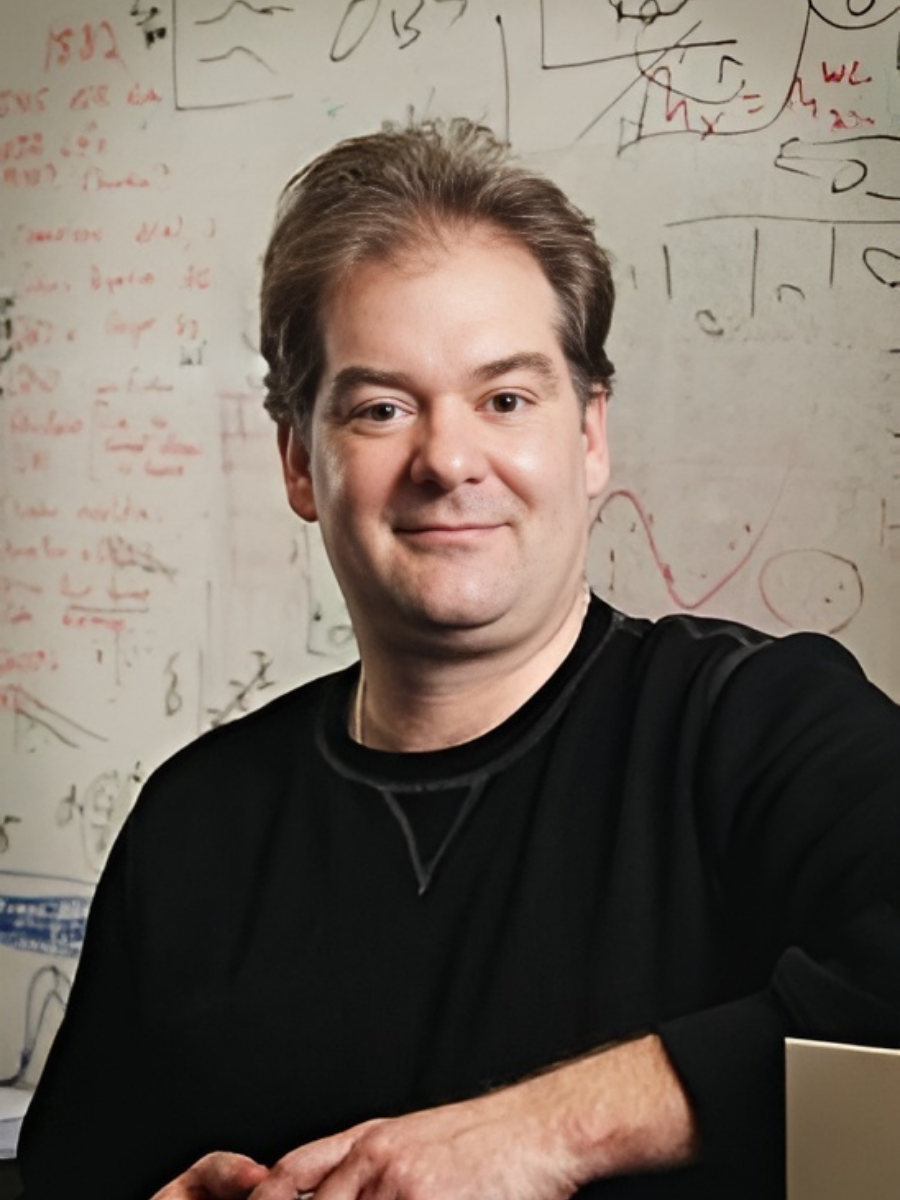Christopher J. Miller is an Assistant Professor of Astronomy and Physics. Professor Miller is a leader in the field of astronomical data mining and computational astrostatistics. He co-founded the INternational Computational Astrostatistics (INCA) group, a collaboration of researchers from the University of Michigan, Carnegie Mellon University, University of Washington, Georgia Tech, the NOAO, and others. From 2008-2010, he led the NOAO Science Data Management group, where he was responsible for using and delivering science quality astronomical data from the US ground-based observatories. He was hired at the University of Michigan under a U-M Presidential initiative for advancing data mining research. His research interests include studies of large-scale structure and cosmology, galaxy clustering, galaxy formation and galaxy evolution.

Astro-informatics is an emerging discipline which matches the large, complex, and time-varying datasets generated by earth and space-based astronomical observatories, to modern unsolved challenges in computer science and statistics. In this example, we compare a semi-blind Fourier deconvolution of an astronomical image (left) to the forward modeling of a physically motivated but smooth galaxy light profile (right). Note that the data are sparse and that the underlying point-spread functions (PSF) are not well known. The technique on the left was developed by Se Un Park (a PhD graduate from EECS) and produces an estimate of the PSF from the data. The method on the right is a traditional astronomical technique. The goal is to obtain the best shape classification of the galaxies in the Universe. With our research, we hope to uncover some of Nature’s astrophysical secrets through the interdisciplinary development and application of computer science algorithms and statistical methods on astronomical datasets.
